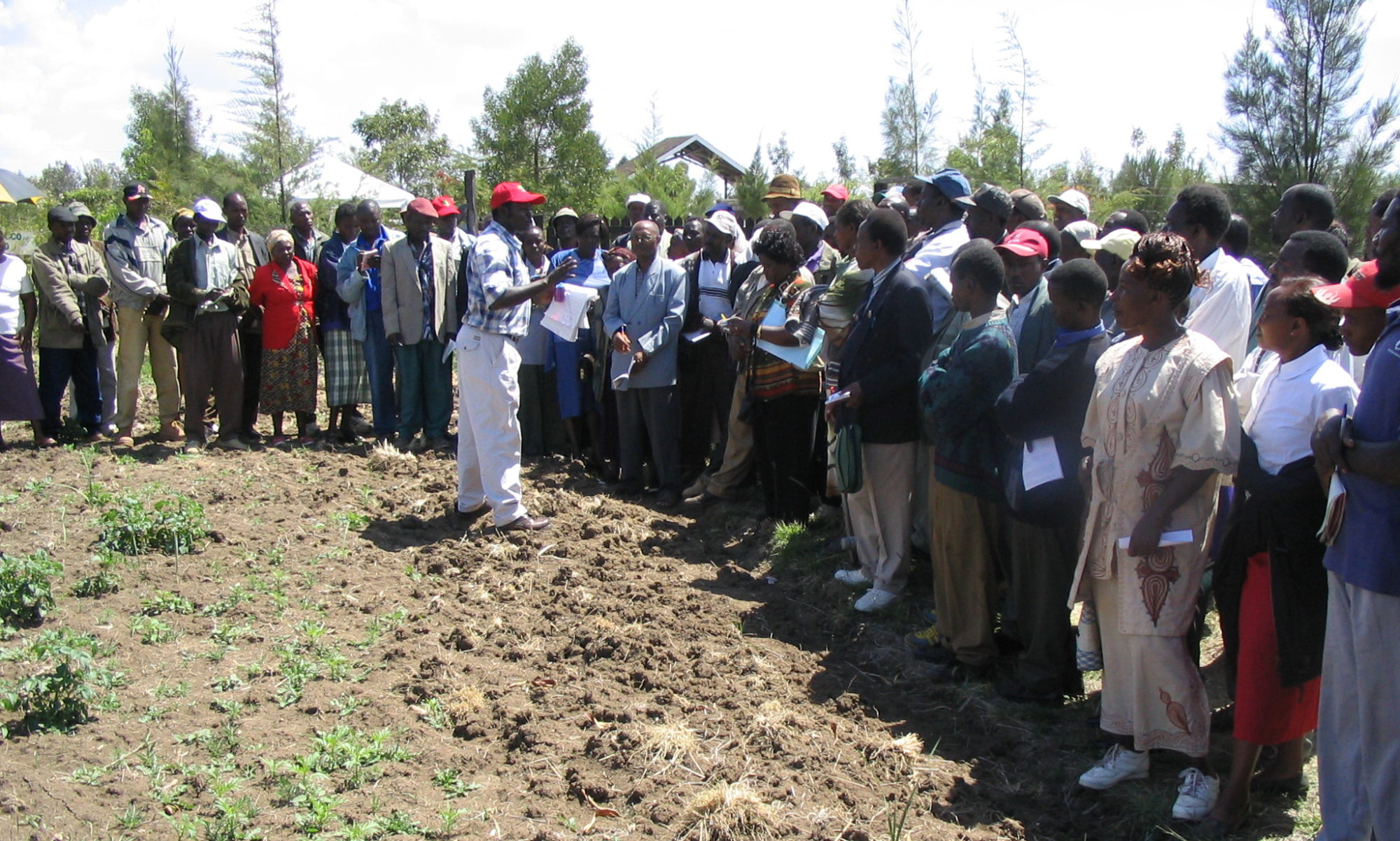
At MOOF, we embrace and practice integrated pest management. In I.P.M we integrate and apply various pest and disease techniques; biological methods, cultural methods, Physical methods and mechanical methods. Our I.P.M strategy does not involve any use of synthetic pesticides. We also neither advocate for nor use G.M.OS (Genetically Modified Organisms).
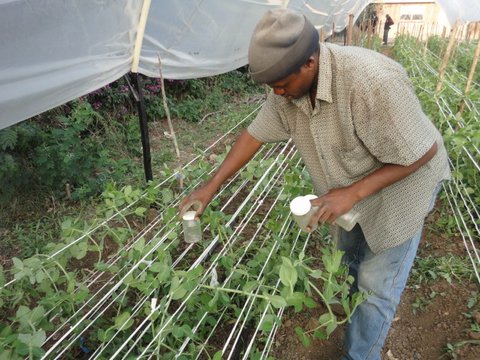
Biological methods practiced at MOOF
Here we use local living organisms to control pests. Such as Diglyphus isaea to control leaf miner, Phytoseiulus persimilis to control red spider mites, Amblyseius to control red spider mites and thrips, Aphidius colemani to control aphids and Encarsia Formosa to control green house white fly, parasitoid wasp to control caterpillars and lady birds to control aphids.
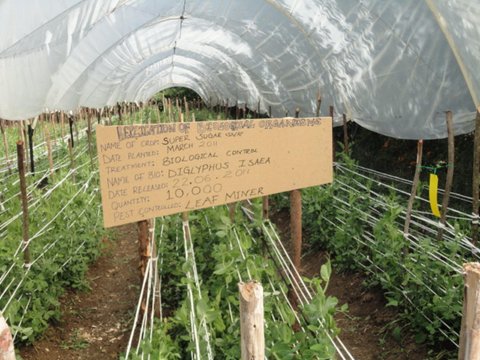
Cultural methods
- Use of clean seeds/ planting material
- Planting varieties adapted to the region
Proper plant hygiene- weeding
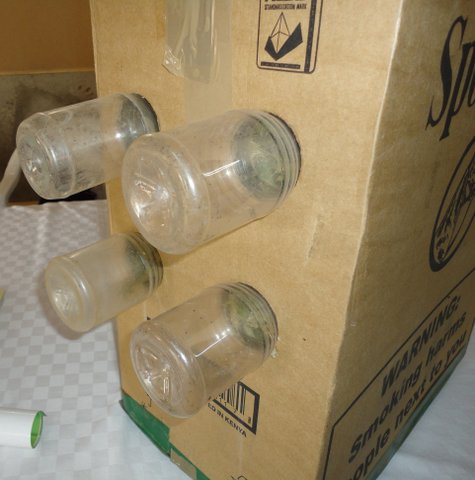
Physical methods
- Water traps
- Beer traps – use of stale beer to trap insects and slugs
Hand picking big pests e.g. Beetles from crops
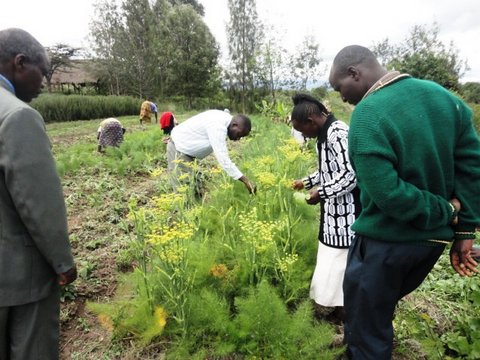
Mechanical
- Use of sticky traps
- Use of light to attract insects
- Use of pheromones

Plant extracts
- Use of garlic
- Use of pyrethrum extract – Pyrethroids
- Neem extracts
